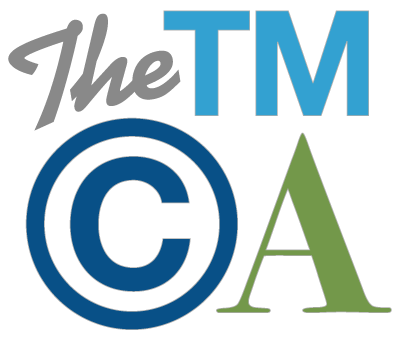Will TTAB’s First Precedential Decision of 2018 Lead to Better Quality Examination of Statements of Use?
 In January 2015, Pitney Bowes filed an intent-to-use trademark application for the logo shown here for use with mailing services, including postal delivery, parcel delivery, and delivery of mail to post offices for posting (Serial No. 86502157). Pitney Bowes later filed its specimen of use, consisting of a printout from its website with a photograph of its postal kiosk and information regarding the self-service access available at its kiosks. The Examining Attorney refused the specimen of use because “the specimen is a webpage describing a self-service kiosk that consumers use to mail and ship items, but not that applicant itself provides these services.” Pitney Bowes responded to the Office Action, advising that “[t]hese kiosks are furnished by Applicant and are placed in different locations for use by consumers. Consumers use the kiosk to place postage on a letter or package, and then place that [letter or package] in the receptacle that is part of the kiosk system for Applicant to pick up the letter or package and place it in the mail stream for delivery.” (emphasis added).
In January 2015, Pitney Bowes filed an intent-to-use trademark application for the logo shown here for use with mailing services, including postal delivery, parcel delivery, and delivery of mail to post offices for posting (Serial No. 86502157). Pitney Bowes later filed its specimen of use, consisting of a printout from its website with a photograph of its postal kiosk and information regarding the self-service access available at its kiosks. The Examining Attorney refused the specimen of use because “the specimen is a webpage describing a self-service kiosk that consumers use to mail and ship items, but not that applicant itself provides these services.” Pitney Bowes responded to the Office Action, advising that “[t]hese kiosks are furnished by Applicant and are placed in different locations for use by consumers. Consumers use the kiosk to place postage on a letter or package, and then place that [letter or package] in the receptacle that is part of the kiosk system for Applicant to pick up the letter or package and place it in the mail stream for delivery.” (emphasis added).
We might expect that Pitney Bowes’ explanation would alleviate any concerns raised by the Examining Attorney as to whether the specimen of use properly constituted a use of the mark in association with the services described in the application. The explanation provided seems to establish a direct association and clear description of how the specimen submitted shows use of the mark for the applied-for services. Alas, the Examining Attorney issued a final refusal in the application, leading Pitney Bowes to file an ex parte appeal to the Trademark Trial and Appeal Board.
In its decision reversing the refusal to accept the specimen of use submitted, the TTAB held that both precedent and examination guidance “make clear that in assessing the specimens, consideration must be given not only to the information provided by the specimen itself, but also to any explanations offered by Applicant clarifying the nature, content, or context of use of the specimen that are consistent with what the specimen itself shows.” And the Trademark Manual of Examining Procedure § 1301.04 provides “[A] specimen description submitted by the applicant typically helps clarify the manner in which the mark is used in commerce, and the more explanation the application provides initially, the more helpful it is to the examining attorney’s analysis. Thus, applicants are encouraged to provide a specimen description and explain how the applicant renders or provides the services….”
So how might this have been approached differently and more efficiently?
![]()
Pitney Bowes indicated in briefing its belief that the Examining Attorney did not understand the services being offered under the mark. Two practice tips come to mind from this decision:
- Pick up the phone. Engage in conversation with the Examining Attorney to ensure that any aspect of the specimen of use or the services are clear so the Examining Attorney can ask questions or seek further specific explanations.
- Provide a detailed description of the specimen of use to clarify for the Examining Attorney precisely how the specimen is directly associated with the offered services.
If the end result is that understanding is achieved through an Examining Attorney’s careful consideration of a detailed submission and/or information provided in telephone conversations, an unnecessarily prolonged registration process or a costly and time-consuming appeal before the TTAB can be avoided.







